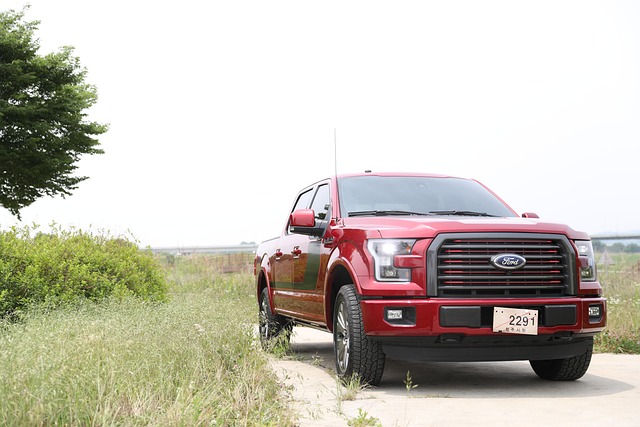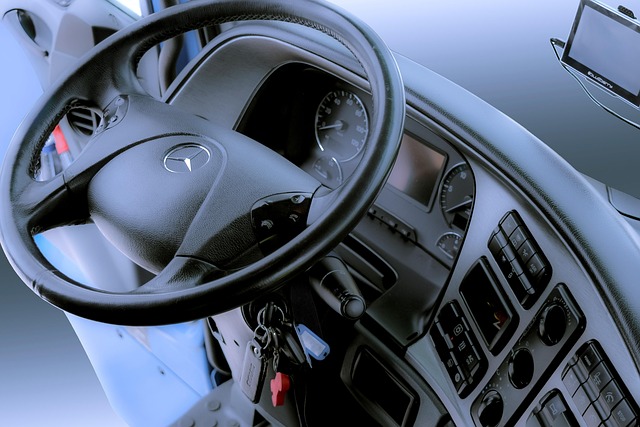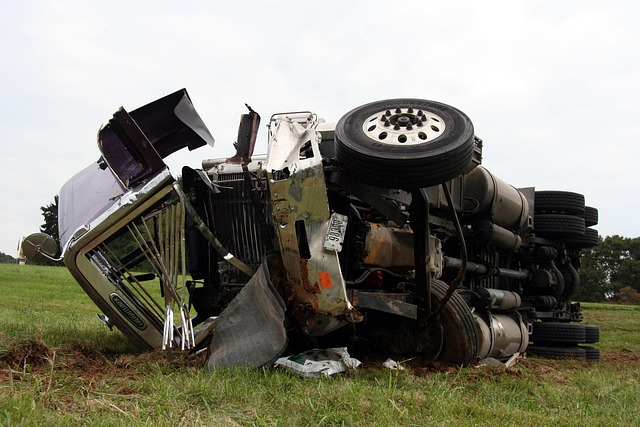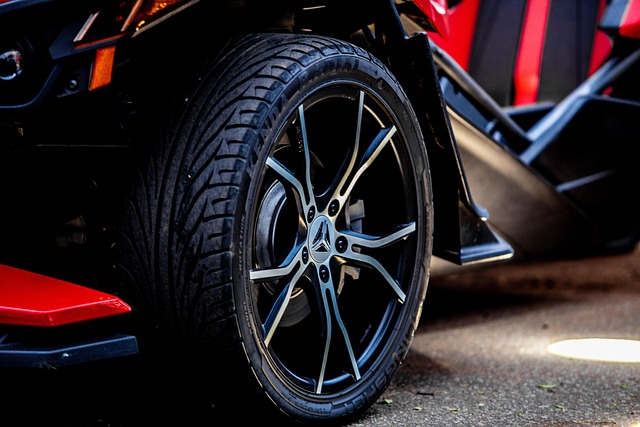Looking to register your car in California? It’s a straightforward process, but understanding the requirements is key. This guide walks you through everything from gathering essential documents for DMV VIN verification to passing inspection and paying fees. We’ll also cover how to maintain your vehicle’s registration and documentation. By following these steps, you’ll be on your way to becoming a California car owner in no time.
- Understand the Requirements for Car Registration in California
- Gather Necessary Documents for DMV Vin Verification
- Complete the Application Process at the California DMV
- Pass Inspection and Pay Registration Fees
- Maintain Your Vehicle's Registration and Documentation
Understand the Requirements for Car Registration in California

Before diving into the registration process, it’s crucial to understand the requirements for car registration in California. The California Department of Motor Vehicles (DMV) has specific criteria that must be met before a vehicle can be legally registered within the state. One key step is the DMV VIN verification, ensuring the vehicle’s unique identification number (VIN) is valid and matches the specifications on record. This process involves checking the vehicle’s history, including any reported accidents or outstanding issues, to guarantee it complies with California’s safety and emission standards.
Additionally, owners may consider utilizing a mobile vin verifier or undergoing a mobile vin inspection for added convenience and peace of mind. These services allow you to verify your car’s VIN outside traditional DMV locations, providing an efficient way to confirm the vehicle’s authenticity and avoid potential issues during registration.
Gather Necessary Documents for DMV Vin Verification

To register your car in California, one crucial step is preparing all the necessary documents for DMV vin verification. This process involves a detailed inspection of your vehicle’s unique identifier, known as the Vehicle Identification Number (VIN). Before heading to the DMV, gather important papers such as proof of ownership, which could be a title or a purchase agreement. Additionally, you’ll need a current registration certificate from your previous state (if applicable) and your driver’s license.
For a smoother process, consider having a mobile vin inspection or using a mobile vin verifier to ensure all information is accurate and up-to-date. This involves scanning the VIN and transmitting the data to the DMV system. Some services even offer same-day verification, saving you time and potential trips back and forth. Having these documents ready demonstrates your preparedness and streamlines the registration process in California.
Complete the Application Process at the California DMV

After gathering all the necessary documents and ensuring your vehicle meets California’s requirements, it’s time to complete the application process at the California Department of Motor Vehicles (DMV). The first step is to schedule an appointment online or in-person at a local DMV office. During your visit, you’ll need to present your paperwork, including proof of identity, ownership, and insurance.
The DMV will conduct a Vehicle Identification Number (VIN) verification as part of the inspection process. This involves checking the VIN on the vehicle against the information in the DMV’s database to ensure it matches and that the car is not reported as stolen. You can also opt for a mobile VIN verification or inspection service, which allows you to complete this step conveniently without visiting a DMV office.
Pass Inspection and Pay Registration Fees

After ensuring your vehicle meets all safety standards, it’s time to pass the DMV vin verification process. This involves a thorough inspection of your car’s essential components, including its emissions system, lights, tires, and more. The California Department of Motor Vehicles (DMV) offers both in-person and mobile vin inspection services. If you opt for a mobile vin inspection or vin inspection conducted by a third-party provider, they will ensure your car’s documentation and specifications align with the vehicle identification number (VIN).
Once your car passes the inspection, you’ll be ready to pay the registration fees. These fees vary based on the type of vehicle and its age. You can typically pay these fees online or at a local DMV office. Remember to keep accurate records of all transactions, especially receipts for any mobile vin verifier services used, as these documents will help streamline future registration processes.
Maintain Your Vehicle's Registration and Documentation

Maintaining accurate and up-to-date registration documents is crucial for smooth driving in California. After registering your vehicle, ensure you keep records of all transactions, including any transfers of ownership, changes in address, or updates to your contact information. The California Department of Motor Vehicles (DMV) offers a convenient online system to manage these details, allowing you to update your registration and license plate information as needed.
Regularly verifying your vehicle’s identification number (VIN) is an essential part of this process. You can do this through various means, including a mobile VIN inspection or using an online verifier that checks against the DMV’s database. This step ensures your records align with the official data, preventing any potential issues during future interactions with the DMV, such as when renewing your registration or transferring the vehicle.
Registering a car in California involves understanding the requirements, gathering essential documents for a successful DMV VIN verification, completing an application process at the California DMV, passing inspection, and paying registration fees. It’s crucial to maintain your vehicle’s registration and documentation to avoid any legal issues. By following these steps, you’ll ensure a smooth process and have a properly registered car in no time.
